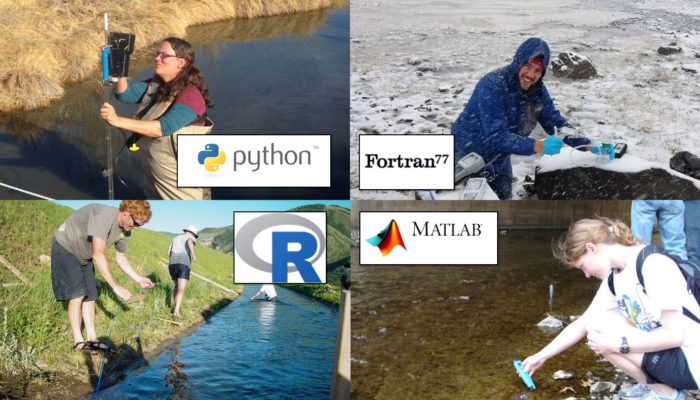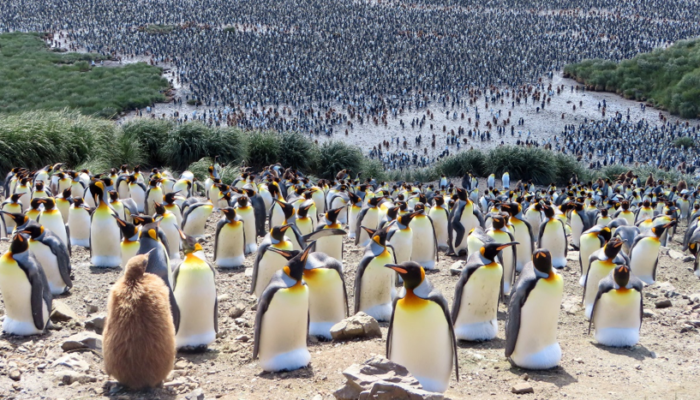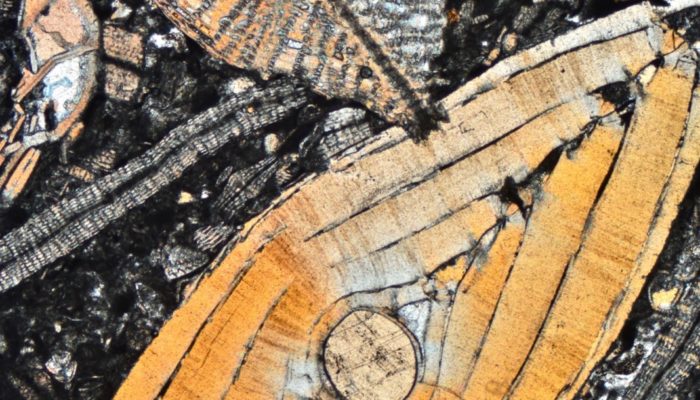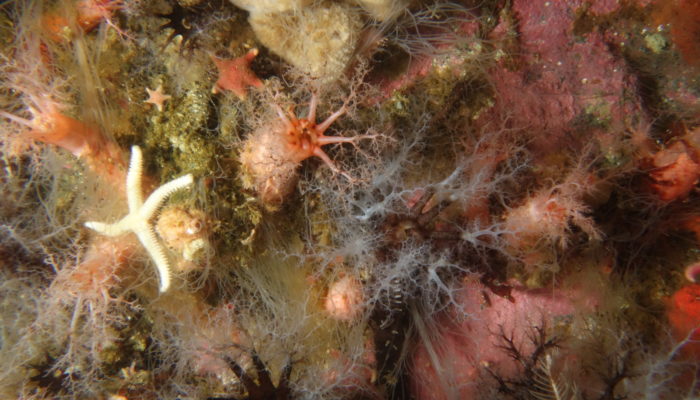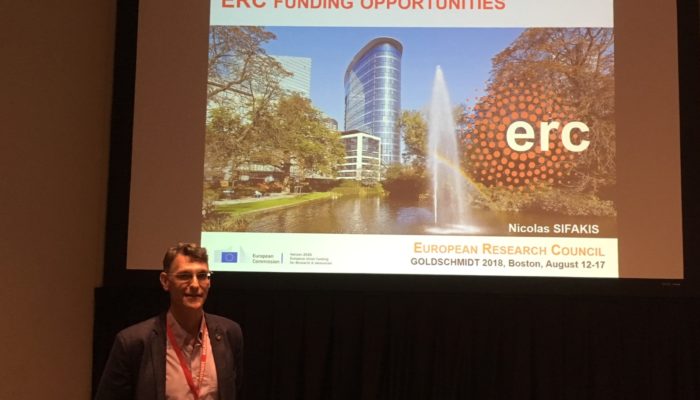The photos above were found by doing a google image search for ‘hydrologist’. Apparently our image is that of scientists that get to be outside a lot. We all know that the knowledge we gain from fieldwork gets codified in hydrological models which can be written in all sort of programming languages. “I wonder what this analysis would look like using that other groups hydrological model ...[Read More]
Soil System Sciences
Early Career Scientist representative: how to become one in a few easy steps!
Early career scientist representatives are a crucial link between the EGU and the early career scientist community. They are vital in providing feedback from students and early career researchers so that we can take action to improve our early-career scientist’s activities at the EGU General Assembly and maintain our support for early-career scientists throughout the year. The ECS website br ...[Read More]
Geochemistry, Mineralogy, Petrology & Volcanology
Five hundred miles from civilisation: Exploring active volcanism in the South Sandwich Islands
By Emma Liu – Lecturer in Earth Science, University College London. For more adventures, follow Emma on Twitter! It’s a strange feeling to realise that your closest human neighbours are on the international space station…! We were five hundred miles away from the nearest civilisation and all I could see in every direction was miles and miles of open ocean. There are so few true wilderness en ...[Read More]
GeoLog
Imaggeo on Mondays: Tertiary Flying Saucers
Besides for the purposes of documenting my research, I like to take photos of rocks under the microscope also because of their aesthetic appeal. It’s an hidden, marvelous world. These flying-saucer-looking objects are in fact the fossil skeletons of a Nummulites (the larger) and a Discocyclina (the one on top left), both belong to the phylum of Foraminifera. These single-celled organisms occupyied ...[Read More]
Cryospheric Sciences
Boom and bust beneath the ice
Beneath the frozen surface of the Southern Ocean, live some of the most spectacular creatures on earth. These creatures are spectacular not only in appearance, but also in their ability to survive in such an extreme environment as Antarctica. Here, temperatures deviate only slightly from 0°C, and food is scarce during the winter months. How do these diverse creatures live in these conditions and w ...[Read More]
GeoLog
GeoPolicy: How to become a Seconded National Expert for the European Commission
The European Seconded National Expert programme is a fantastic opportunity for scientists who are currently working in a national, regional or local public administration of an EU member state or an intergovernmental organisation to gain experience working within a European policy institution. In most cases, secondments are between six months and four years during which time the Seconded National ...[Read More]
Geodynamics
The Sassy Scientist – Stochastic Sequels
Tuckered from simply contemplating the infinite myriad of possibilities arising behind the dandy phantasmagoria at the pristine horizon which is a doctorate, Maite considers: Should I start a postdoc directly after my PhD? Dear Maite, I would. If you want to stay in science, that is. Consider yourself a prospector initiating the exploration of an unsullied landscape. A wonderful scenery of excitin ...[Read More]
Seismology
Ten years after the 2010 Maule earthquake: how science and ancestral knowledge build-up resilient societies
At 3:34 a.m. (local time) on February 27, 2010, a magnitude Mw 8.8 earthquake occurred in Central Chile and extended over around 500 km along the Maule and Bio Bio regions, a convergent zone between the Nazca and South America plates (Figure 1a). The occurrence of this large earthquake in the context of active subduction zones, as Central Chile, was expected by many Chilean and European res ...[Read More]
GeoLog
Accessibility at EGU: Promoting inclusive language, an incomplete guide
Like all people, geoscientists can sometimes forget the importance of language. How scientists use language is important because it not only allows us to communicate effectively with different groups, from policymakers to concerned citizens and other researchers, but it can also influence how people respond on an emotional or personal level. The way we use language can even influence how much som ...[Read More]
Geodynamics
Postdoc: Europe vs. United States
Being a postdoc provides you with an extended training period after receiving your PhD. It is the pathway towards becoming an independent scientist; therefore, it is important to undertake your postdoc in a place where career development is enhanced and supported. Let’s start with a basic yet crucial question: why should I move to another continent? The United States remains the most popular coun ...[Read More]

